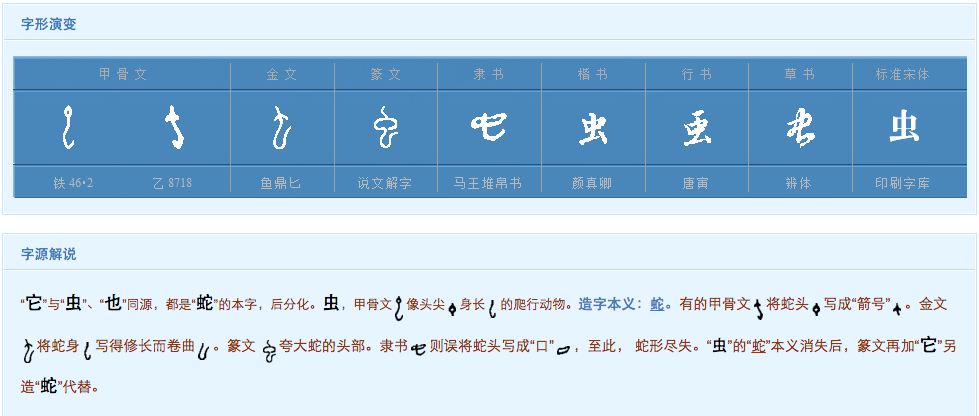Note: much of this is based on the answer by Altair at Chinese-Forums.
It may be worthwhile to answer the 也 / 他 / 地 / 池 question first.
Character Mandarin Cantonese Hokkien Middle Ch. Old Ch.
也 yě jaa5 / yáh iā yæX *lAjʔ
他 tā taa1 / tā tha/thaⁿ tha *l̥ ˤaj
地 dì dei6 / deih tè/tē/tōe/tī dijH *[l]ˤej-s
池 chí ci4 / chìh tî drje *Cə.lraj
Although in standard Mandarin, each initial, each final, and each tone is different, one can see that they are more similar in other varieties of Chinese. Comparing this with the rime tables of Middle Chinese (from between the Sui and Song dynasties), the vowels vary between /a ~ æ ~ je ~ ij/. The orthography thus points to a similar enough pronunciation in Old Chinese when the characters were formed that 也 was thought to be an appropriate phonetic in the semantic-phonetic scheme.
In addition, there is a rather well-known orthographic quirk that 也, 它 and 㐌 were viewed as the same logograph in Bronze script of the Zhou. So we can add (Mandarin is standard Hanyu Pinyin; Cantonese is Jyutping and Yale; Hokkien is Peh-oe-ji; Middle and Old Chinese are from Baxter-Sagart 2014):
Character Mandarin Cantonese Hokkien Middle Ch. Old Ch.
蛇 shé se4 / sèh chôa / siâ zyæ *Cə.lAj
施 shī si1 / sī si/sì sye *l̥ aj
馳 chí ci4 / chìh tî drje *lraj
紽 tuó to4 / tòh tô da *lˁaj
匜 yí ji4 / yìh î ye *laj
The modern Chinese readings can start to be grouped then, roughly corresponding to modern standard Mandarin shi/chi/she, tuo/ta, ye/yi, and finally di.
Is there a deeper connection to all of these besides the sound? Some of them may be derived from each other via the usual word-formation processes of Old Chinese.

The characters from the oracle bones seem to point to a "hooded snake" being the 'original' meaning of what was depicted by 也/它/㐌 (and the original 虫, which was retained in 虺 as opposed to 蟲; hence, 蛇 is a double snake), and the principal conjecture seems to be that this meaning of a snake and its hood extended to "spreading".
Many of the modern meanings could conceivably be traced from this idea of spreading. 地 would therefore be "that which is spread" (based on applying the *-s nominalising suffix in Old Chinese) = "land, ground".
It may also be that the meaning of "also/too" may simply be a phonetic loan (假借), but it is very likely that this transfer of meaning was the motivation for adopting 他 and much later 她、牠、祂 based on the third person being the "other". This shift must have happened later after the Mandarin varieties split from the more southern Chinese tongues.




















